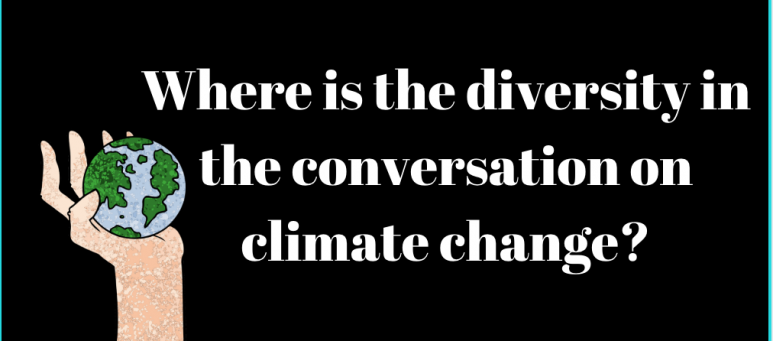23 July 2019
Country: United Kingdom
by: Eline Jeanné

 It seems that climate change is finally becoming a mainstream issue. For so long scientists have beat the drum, warning about the extreme damage that humans are causing the earth, but it has taken some time for the media to give the issue the attention it deserves.
It seems that climate change is finally becoming a mainstream issue. For so long scientists have beat the drum, warning about the extreme damage that humans are causing the earth, but it has taken some time for the media to give the issue the attention it deserves.
One of the ways that this issue has made it into the press is through coverage of climate movements, specifically the Extinction Rebellion movement in London. For ten days in April, activists shut down major roads in the city, gluing themselves to trains and protesting in front of the Shell headquarters building, demanding that society and politicians to face the facts of climate change. The theatrics of the events successfully made headlines, pushing a long-overdue conversation about climate change into the mainstream media. While this increase in coverage is encouraging and much-needed, there was one thing missing: diversity.While Extinction Rebellion called out major corporations for polluting the earth without consequences and society for turning a blind eye, most media coverage of their actions failed to mention that the majority of people currently impacted by climate change are indigenous peoples and minorities. Indigenous communities are far more likely to live off of their land, and have a relationship with their natural environment—making their livelihood especially sensitive to the impact of global warming.
When it comes to urban areas, minorities and communities of colour are far more likely to live in high pollution areas. The corporate practices that Extinction Rebellion is calling out is literally affecting these communities’ health and daily life—except this is mentioned almost no where.
To understand why these crucial points were not included in Extinction Rebellion’s platform—or analyzed by the majority of journalists covering the actions—we must interrogate their tactics, and messaging. First, one of the activist groups’ key aims was to get arrested. During their actions in April, a total of 1130 activists were arrested, the majority of whom were participants who deliberately refused to move off of roads and other public areas.
In many ways, this tactic was effective. It grabbed the attention of the media, and allowed the activists to further push out their message. However, it also isolated many from the movement–particularly people of color who are more likely to be arrested, and disproportionately die at the hands of the police when compared to white people. Many of the movement’s leaders also called upon participants to devote their time to protest climate injustice—a demand that is frankly impossible for most who cannot afford to take time off work to fight for a cause.
As a result, Extinction Rebellion ended up being a predominantly white, middle class movement talking about an issue disproportionately affecting minorities—but didn’t bother to include them in the conversation.
If activists fail at inclusivity, it is the media’s job to rectify the balance. Again, the media failed. Even though climate change impacts populations around the planet–and some more critically than others—talk shows, and television and radio broadcasts were still majority white. A Media Matters study analyzed coverage of the Paris climate agreement withdrawn and found that out of 286 guests, only 17 percent were not white—a terrifying statistic for a discussion on an issue which will inevitably impact the Global south first.
With the exception of a few articles in diversity-targeted publications like gal dem and the Independent’s opinion section, few outlets commented on Extinction Rebellion’s lack of diversity, and what it means for communities of color fighting against climate change.
How can the media do better? First, cover a more diverse range of climate-related issues than just Extinction Rebellion, and other flashy protests. Like the communities impacted by climate change, environmental issues are vast and wide-reaching—and the fact that journalists do not make an effort to understand them beyond activists’ intentional photo opportunities is a travesty.
Lastly, rather than centre the conversation around an environmental movement, focus on the voices of those who are most affected—built in evidence for the fact that climate change is both real, and imminent. Indigenous people and minorities are most impacted by climate change; stop ignoring them, and start learning from the experiences of those that know the realities of climate change firsthand.
To read more about newsroom diversity, click here.

